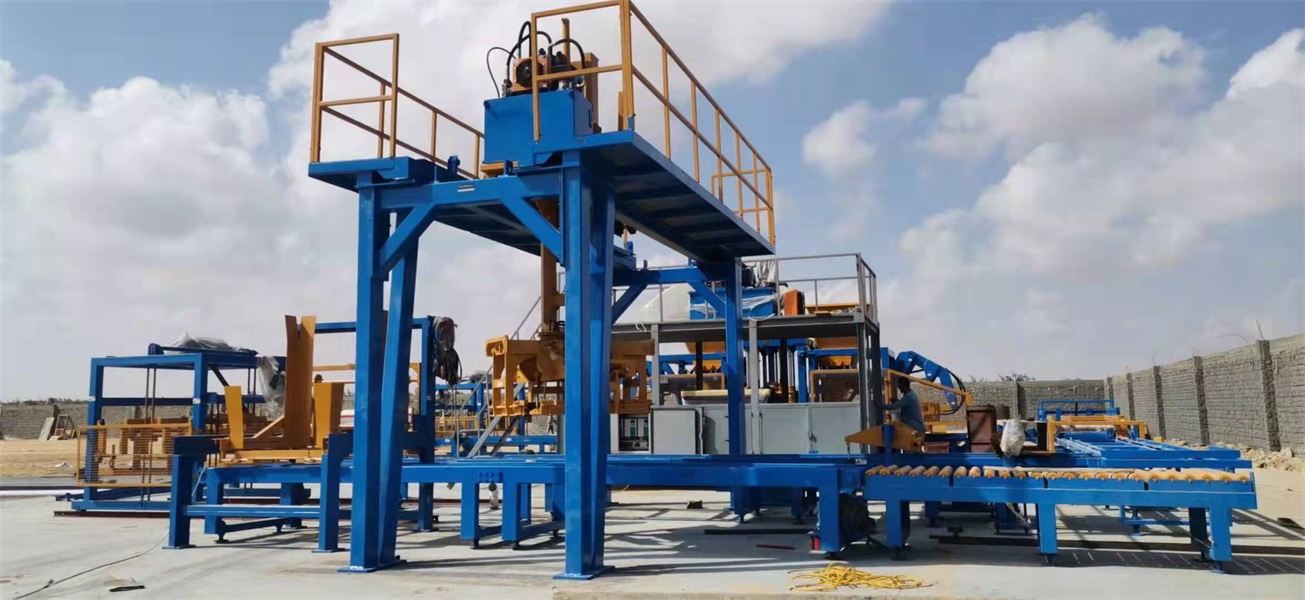Hollow brick machine equipment production line: wide variety of products used
As a green and environmentally friendly building material, concrete hollow brick is an important component of new wall materials. It has several major characteristics such as light weight, fire prevention, sound insulation, heat preservation, impermeability, durability, and is pollution-free, energy-saving, and consumption reducing. With the vigorous promotion of new building materials by the country, concrete hollow bricks have broad development space and prospects. Xi’an Yinma’s hollow brick machine production line can produce various specifications of hollow bricks, and the variety and strength grade of the bricks meet the design requirements for various types of construction.
The void ratio of hollow bricks accounts for a large proportion in the overall area of hollow bricks, so they are called hollow bricks. The void ratio generally accounts for more than 15% of the area percentage of hollow bricks. Currently, there are many types of hollow bricks on the market, mainly including cement hollow bricks, clay hollow bricks, and shale hollow bricks. Influenced by national policies on energy-saving and green buildings, hollow bricks have been increasingly used in housing construction in recent years. Currently, the main body of the walls of residential buildings is mostly composed of hollow bricks. The hollow brick machine production line of Honcha is widely used to produce hollow brick products, which can be used in construction such as buildings, roads, squares, hydraulic engineering, gardens, etc. This hollow brick machine equipment production line has a technical production capacity of 150000 cubic meters of standard bricks and 70 million standard bricks per year. Each board can form 15 standard hollow block bricks (390 * 190 * 190mm), and can produce 2400-3200 standard hollow blocks per hour. The molding cycle is 15-22 seconds. Realize the lightning extreme speed frequency conversion and amplitude modulation function of the vibration system to meet the special requirements of high density. Suitable raw materials include various industrial wastes and tailings such as sand, stone, fly ash, slag, steel slag, coal gangue, ceramsite, perlite, etc. Mixing one or more of these raw materials with cement, admixtures, and water can produce hollow bricks and other types of bricks.
